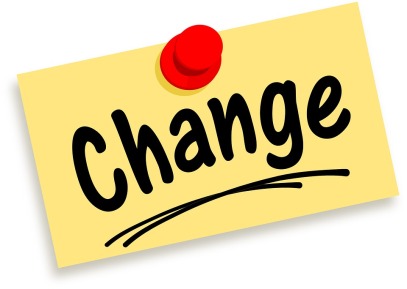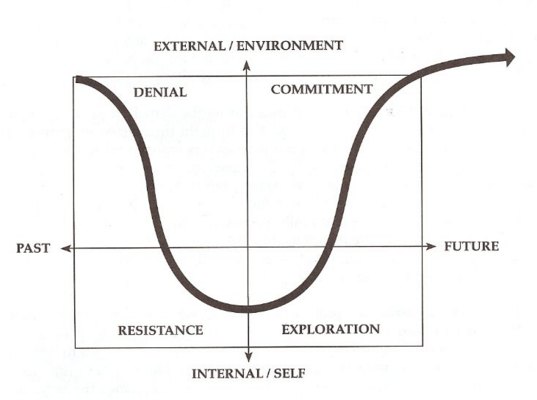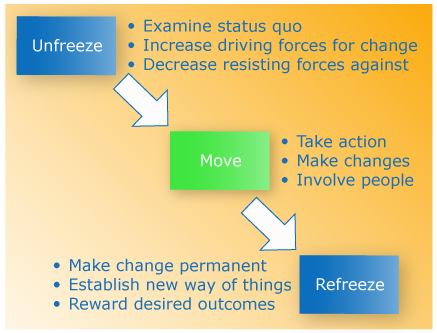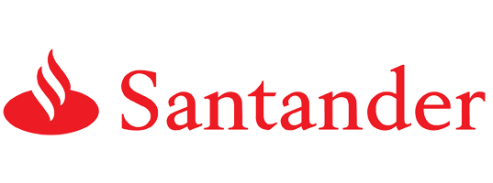
“Many people actively accept the new challenges and constant change, while on the other hand, there are many people who prefer the comfort of status quo and strongly resist any change” (Mullins, 2010: 753).
This blog’s aim is to evaluate the enduring debate on the statement given by Mullins, and providing argument for and against the point proposed by Mullins. Change management model will also be recommended to mangers illustrating industry examples.
“Everyone thinks of changing the world, but no one thinks of changing himself.” (Leo Tolstoy).
The above quote given by Tolstoy is very useful as a starting point for any leader engaged in organizational change. There are many companies who wishes to move rapidly setting their execution targets to implementing a suite of progress activities. These progress activities can be related to development technique or it can be rollout of another operational change exertion, there are many organizations which focuses on altering the organization structure and creating new strategies and procedures (McKinsey & Company,2014).
John Kotter, in his book “Leading Change”, defined several processes which leaders can use to mange change effectively, leaders can mange change effectively if they come up with a enabling vision and form a team to manage that change, once the change process has started in an organization than leaders need to communicate what would be the affect of that change and how that change would affect an individual in am organization (Brighthub, 2016).
According to Rosabeth Moss Kanter, “the best tool for Leaders of change is that a leader should always try to understand the sources of resistance which are predictable, and universal and which may vary according to situation and then Strategize to bring those change (Forbes, 2016).
It is very important for organizations to understand that there is no single theory that will fit in every situation and not all the changes that organization adopt are the same as others (Anon, 2016).
Scott and Jaffe’s resistance cycle
This model includes four phases of response to change where every individual go through, these phases are denial, resistance, exploration, and commitment. Each phase of this model is connected with particular behaviours and emotions of individuals (Clayton &rarr, 2013).
Denial: – this phase occurs when an individual believe that the change will have a nil affect or a very little impact on them, this is due to lack of knowledge of individual. This can be overcome by giving information to individuals about change by monitoring their behaviours and perceptions. It is the duty of the leader or the manager to explain its employees or team members about change and how it would affect them and their personality (anon, 2016).
Resistance: – this stage occurs when there is lack of trust, and misunderstanding, and people start doubting about the appropriateness of the change. In this phase it is the duty of the manger to start engaging in two-way communication with its people and listen to them to build that trust and take some affective steps to resolve the misunderstanding (Clayton &rarr, 2013).
Exploration: – this phase relates to reflection of the progress where individuals have adopted the change and seeking a positive outcome from that change, in this phase manager should continue motivating its employees and team members and make them focus on their goals and priorities (Clayton &rarr, 2013).
Acceptance: – this phase demonstrates the commitments of individuals on their goals and priorities set by them, managers should motivate individuals and reward them to maintain the trust to re-establish the psychological contract (Clayton &rarr, 2013).

There are many companies adopting Kurt Lewin’s change model which involves three phases: unfreeze, change, and freeze. This change model was presented by Kurt Lewin in the year 1947, and has also been criticised for being too simplistic(Change Management Coach, 2016).

One of the industrial example adopting change is Santander, in the year 2008 Santander wanted to establish a stronghold in the UK banking sector, when Santander adopted change during that period, people were fully briefed about how the change will affect them, risks and issues were also discussed, teams were build in the branch for different customer responses, even though those who were not likely to be affected by this change were also got informed about the future. The aim of Santander adopting this change was to make sure people understand that change and embrace it (Managere.org.uk, 2016)

Conclusion: – change may vary from situation to situation, there are many organization and people who do not adopt change, this is due to insufficient and lack of knowledge of people, managers should communicate in effective manner and brief the people about the impact of change in the organization and the impact of that change in them.
References
McKinsey & Company. (2014). Change leader, change thyself. [online] Available at: <http://www.mckinsey.com/global-themes/leadership/change-leader-change-thyself >[Accessed 19 Mar. 2016].
Brighthub Project Management. (2016). Implementing Leadership Theories Change Management. [online] Available at: <http://www.brighthubpm.com/change-management/86291-leadership-theories-and-change-management/> [Accessed 19 Mar. 2016].
Forbes.com. (2016). Forbes Welcome. [online] Available at: <http://www.forbes.com/sites/lisaquast/2012/11/26/overcome-the-5-main-reasons-people-resist-change/#3fe869e93393 >[Accessed 19 Mar. 2016].
Anon, (2016). [online] Available at:< https://www.linkedin.com/pulse/20141117124359-4962385-resistance-to-change-three-models-to-overcome-it > [Accessed 19 Mar. 2016].
Clayton, M. and →, V. (2013). Scott and Jaffe: The Change Grid and How we Respond to Change. [online] Management Pocketblog. Available at: <https://managementpocketbooks.wordpress.com/2013/12/03/scott-and-jaffe-the-change-grid-and-how-we-respond-to-change/ > [Accessed 19 Mar. 2016].
Change Management Coach. (2016). The Kurt Lewin Model Of Change. [online] Available at:< http://www.change-management-coach.com/kurt_lewin.html >[Accessed 20 Mar. 2016].
Managers.org.uk. (2016). The 5 Greatest Examples of Change Management in Business History – CMI. [online] Available at<http://www.managers.org.uk/insights/news/2015/july/the-5-greatest-examples-of-change-management-in-business-history > [Accessed 20 Mar. 2016].
Very well written blog. It was a pleasure to read it !!
LikeLike
Thank you Amer for reading my blog, and giving feedback on it.
LikeLike
I would like to give you feedback on all four of your blogs. Reading through each I can tell that there has been a lot of in depth research undertaken with a great use of illustration and a simple structure to display the information. I think that throughout all of you blog post you have been able to deliver a high quality of writing with a strong personal opinion which is what matters the most. I think that overall you did a great job. ALL THE BEST!!!
LikeLike
Thank you Anuo for your detailed feedback,, I appreciate it.
LikeLike
Change is constant.we all are affected by change But how organizations change depends on leadership, the knowledge and philosophy of leaders, and their ability to engage followers. They can direct change just to improve the bottom line, or they can also change organizations to improve the wellbeing of customers, collaborators, and communities.Leaders can be effective but morally bad when, (like Adolf Hitler) their purpose is control, conquest, and destruction. Effective and morally good leaders, like Abraham Lincoln and Nelson Mandela, inspire collaboration for the common good, for a higher moral purpose.
LikeLike
Interesting indeed, i enjoyed the read especially in understanding lewins model and how Santander use the change management to revolutionize their culture.
LikeLike
Thank you Charles, for reading my blog and giving valuable feedback on it, I appreciate it.
LikeLiked by 1 person
The blog shows a clear understanding of concepts and theories…i particularly liked the example of santander how they adopted change and driven it.
LikeLike
Thank you Richa, for your valuable Feedback.
LikeLike